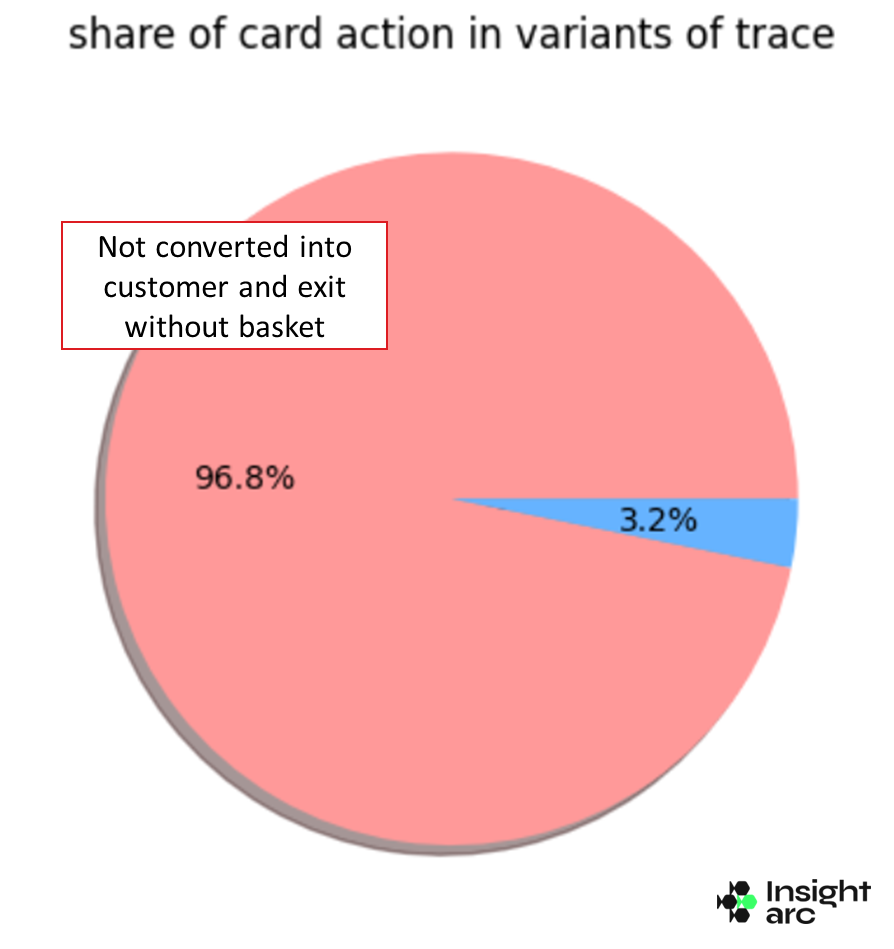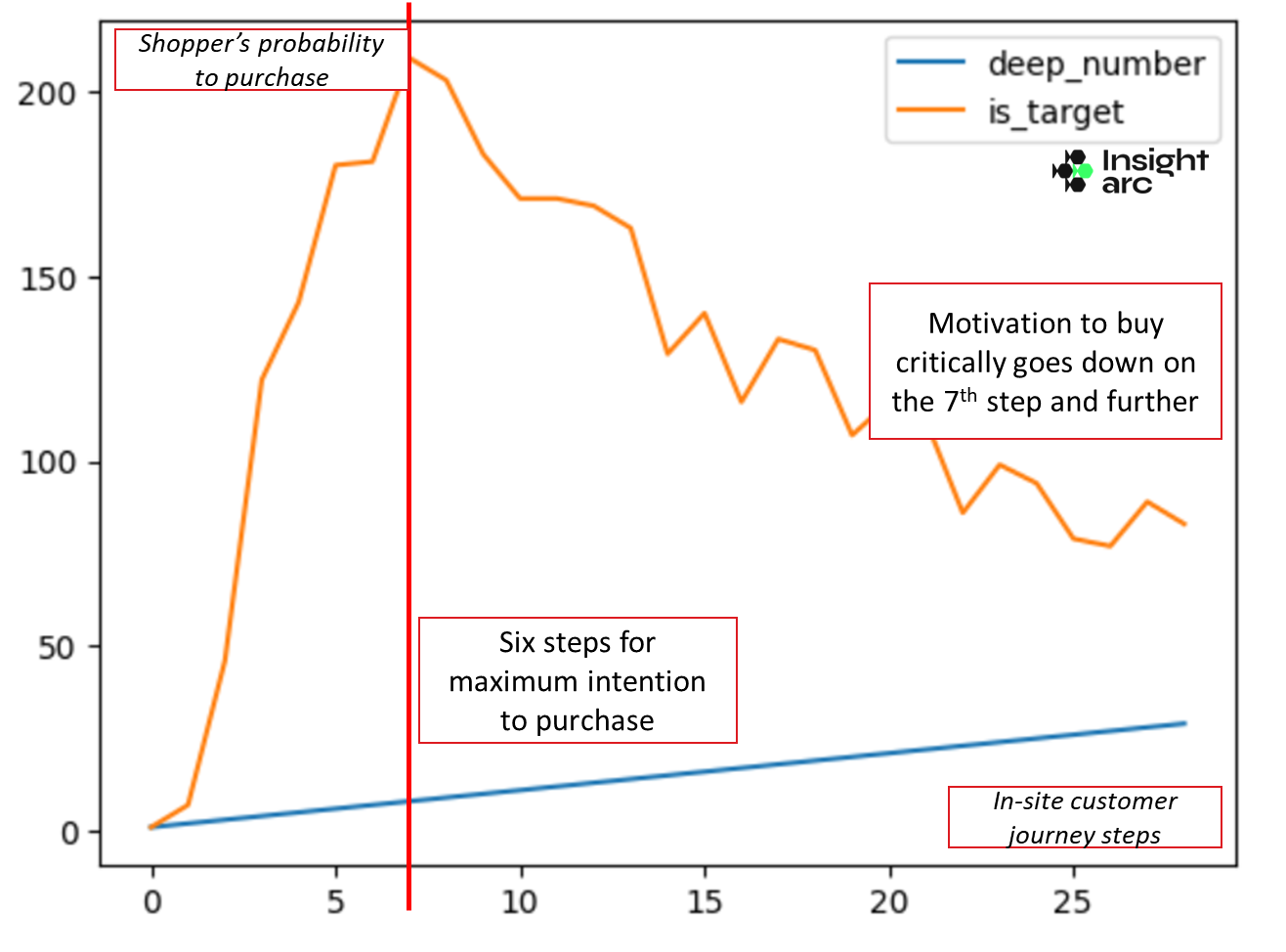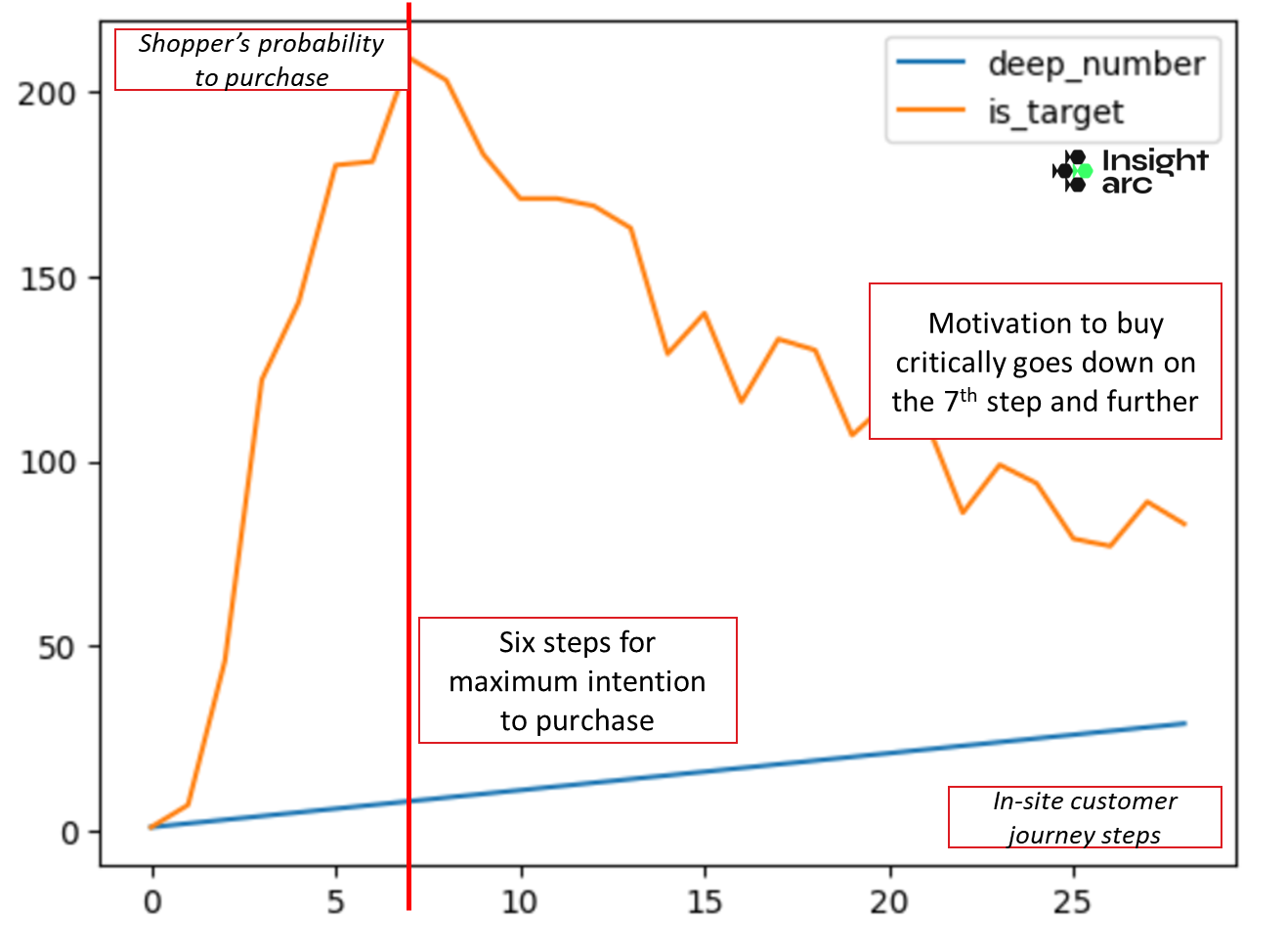How Predictive and Behavior AI Can Boost Your E-Commerce Conversion Rate
At this time, online shopping has become very important. More companies are selling directly to customers and this has made competition in online shopping much tougher. People are taking longer to decide what to buy and fewer people are actually buying things. To stand out, it’s crucial to have a high number of people who buy things in your online store.
But this is hard work and needs a lot of knowledge. But what if there was a way to make it easier? What if we could use AI to help us increase the number of people who buy things on our online store? That’s where predictive and behavior AI can be helpful. In this blog post, we will talk about what predictive and behavior AI is, explain how it can help your online store, tell you how to use it to increase the number of people who buy things on your online store, and finally, explain how to set it up and use it effectively.
Common issues of the average e-commerce shop
Behold, two significant numerical figures concerning conversion rates in the realm of marketplaces and e-commerce. The accompanying diagram portrays the genuine statistics of the conversion rate from the point of entry to the shopping cart.
In essence, two simple, yet fundamental diagrams.

According to Insightarc.com data, a meager 3.2% of shoppers, on average, actualize a conversion.
Furthermore, a staggering 90% of e-commerce teams are unable to pinpoint where visitors abandon the site and the reasons behind it.

An additional visual cue reveals the orange line, representing the probability of conversion from a mere shopper to a loyal customer, while the blue line depicts the depth of in-site customer journey.
Based on Insightarc.com data, on average, 5-6 steps (clicks) within the marketplace feed augment the likelihood of purchase. However, on the next steps, shoppers tend to leave the site, even without adding products to their shopping cart.
The question then arises, how can one tackle this issue and increase sales through heightened awareness of the exit intention?
Common reasons for the conversion rate drop
The world of e-commerce is complex, and there are various factors that can lead to a decrease in conversion rates. One of the main reasons for this is poor customer engagement. When customers feel ignored or undervalued, they are less likely to make a purchase.
Another major contributing factor to lower conversion rates is suboptimal site performance. With so many e-commerce options available, customers have little patience for issues like broken buttons, flawed customer journeys, and problematic product pages. What’s worse is that many store owners and managers are unaware of these issues. Shockingly, 40-50% of e-commerce stores suffer from hidden conversion pitfalls, resulting in significant losses.
A lack of relevant product recommendations is yet another factor that can hurt conversion rates. Customers are more likely to make a purchase if they feel that the store offers products they genuinely need or want.
Without personalized recommendations, the likelihood of converting customers decreases. While there are expensive recommendation solutions in the market, they do not cater to newcomers and fail to protect shoppers from negative experiences.
Ultimately, the only accurate insights into conversion problems come from observing the behavior of real shoppers.
While expert opinions may be useful, they cannot compare to the importance of understanding the customer journey from the shopper’s perspective, which provides truthful data.
How to optimize your e-commerce store for better conversion
Optimizing an e-commerce store for better conversion is a challenging task.
E-commerce and marketplaces are a complex mix of technology and human interaction and a lot of conversion pitfalls will exist at the edge of the shopper and the platform.
A successful shopping experience relies on two main components:
- The technical performance like poor page speed or broken buttons.
- Seamless shopping experience. Remember the conversion diagrams above.
The first step in optimization is to ensure the website is fast, reducing page load times to improve overall performance. Amazon data shows that a 2-second upload delay increases exit intention by almost 80%.
Do not forget about mobile optimization. But do not overestimate it.
The second step is to optimize the e-commerce store for customer experience. The website should be easy to navigate, and the checkout process should be simple and straightforward.
Despite the share of mobile research growth, shoppers prefer to browse products via mobile, But the overall purchases made with desktop. Mobile still can’t have the same level of the shopping experience – 85% of purchases are made with desktop applications, not mobile.
Building a system based on shopper behavior data can help avoid conversion pitfalls. Insightarc works at this level of solution building, creating a behavior model of the site and delivering real-time signals about exit intention and product interest to shoppers via the CS-Cart popup toolset.
Or is customer intersection by AI assistant a much better option?
Predictive and behavior AI are interrelated technologies that employ algorithms to forecast customer behavior and provide tailored recommendations.
Predictive AI analyzes customer data and anticipates future behavior, whereas behavior AI examines customer data and delivers personalized recommendations. Predictive AI is used to forecast customer behavior for instant decision-making on personalization, offers, customer journey adaptation, etc.
On the other hand, behavior AI discovers behavior trends to interact with specific marketplaces or direct-to-consumer brand shoppers effectively. This is helpful for e-commerce stores to enhance their conversion rate, sales, and reduce remarketing expenses.
An automated behavior AI powered by a predictive engine can aid in this. Behavior AI builds the behavior model of the marketplace, and predictive algorithms anticipate shoppers’ behavior based on the model.
Therefore, these insights can be utilized to convert shoppers before they exit, improving customer satisfaction and sales.
AI for E-commerce as an actual way to drive sales
Behavior AI offers several advantages to stores, starting with personalized customer experiences.
By analyzing customer data, stores can tailor their offerings to each customer, providing a more personalized experience that can increase conversion rates.
Additionally, behavior AI helps stores understand their customers better by identifying customer preferences and conversion issues that might arise. This information can be used to create better campaigns and address more engaged audiences.
Finally, behavior AI can help stores create better customer experiences by identifying areas where the shopping experience can be improved, leading to higher conversion rates and a seamless customer journey.
Three simple jobs that AI-powered solutions can do for you
- Shoppers behavior data collection.
- Behavior model building to discover a map of conversion frictions for the prediction model.
- Turn the model into a real-time prediction engine that will drive sales for you.
So you have triggers to send real-time personalized offes per valuable shopper before he left the site. Or use these insights in email campaigns. Obviously, the infrastructure part is missed here, but this is a job of services.
Drive sales with new CS-Cart AI-powered popups
The initial conversion diagram is crucial to remember.
The goal is to convert shoppers while they are highly engaged, as marketing efforts gradually lose effectiveness.

According to Insightarc.com, the optimal point for achieving this is within the 5-6 steps of the in-site customer journey.
Instead of guessing where shoppers are lost or struggling with hidden performance issues, AI can automatically provide insights to drive sales.
CS-Cart has partnered with Insightarc.com to offer tailored behavior AI for e-commerce stores. With this new popup tool, behavior AI can convert the most engaged shoppers in real time. This can help stores personalize the customer experience and create better experiences by predicting of customer exit intention and identifying browning interest for offer personification.
Personalized offers based on browsing interests and timing can be provided to each shopper of CS-Cart clients.
Convert shoppers before exiting with AI-powered prediction
Increasing your e-commerce conversion rate with predictive and behavioral AI is easier than you might think.
CS-Cart and Insightarc.com have teamed up to create an AI-powered copilot that predicts shopper behavior and converts them into customers through advanced popups. These popups use customer behavior data to sell for you on autopilot, eliminating the need to constantly fix conversion pitfalls.
With an AI-powered copilot, you can sell more and reap the benefits of AI-powered popups from CS-Cart.
Don’t miss out on this opportunity to boost your e-commerce success.

About the author:
Serge Berezhnoy is the Founder at Insightarc.com, Behavior and Prediction AI for E-commerce to sell more on autopilot. E-commerce ops expert with 15 years of expertise across 13 countries. Alchemist Accelerator alumni.
Yan Anderson is the Head of Content Marketing at CS-Cart with over 10 years of experience in the eCommerce industry. He's passionate about explaining complicated things in simple terms. Yan has expertise in building, running and growing eCommerce marketplaces. He loves to educate people about best practices, new technologies, and trends in the global eCommerce industry.

